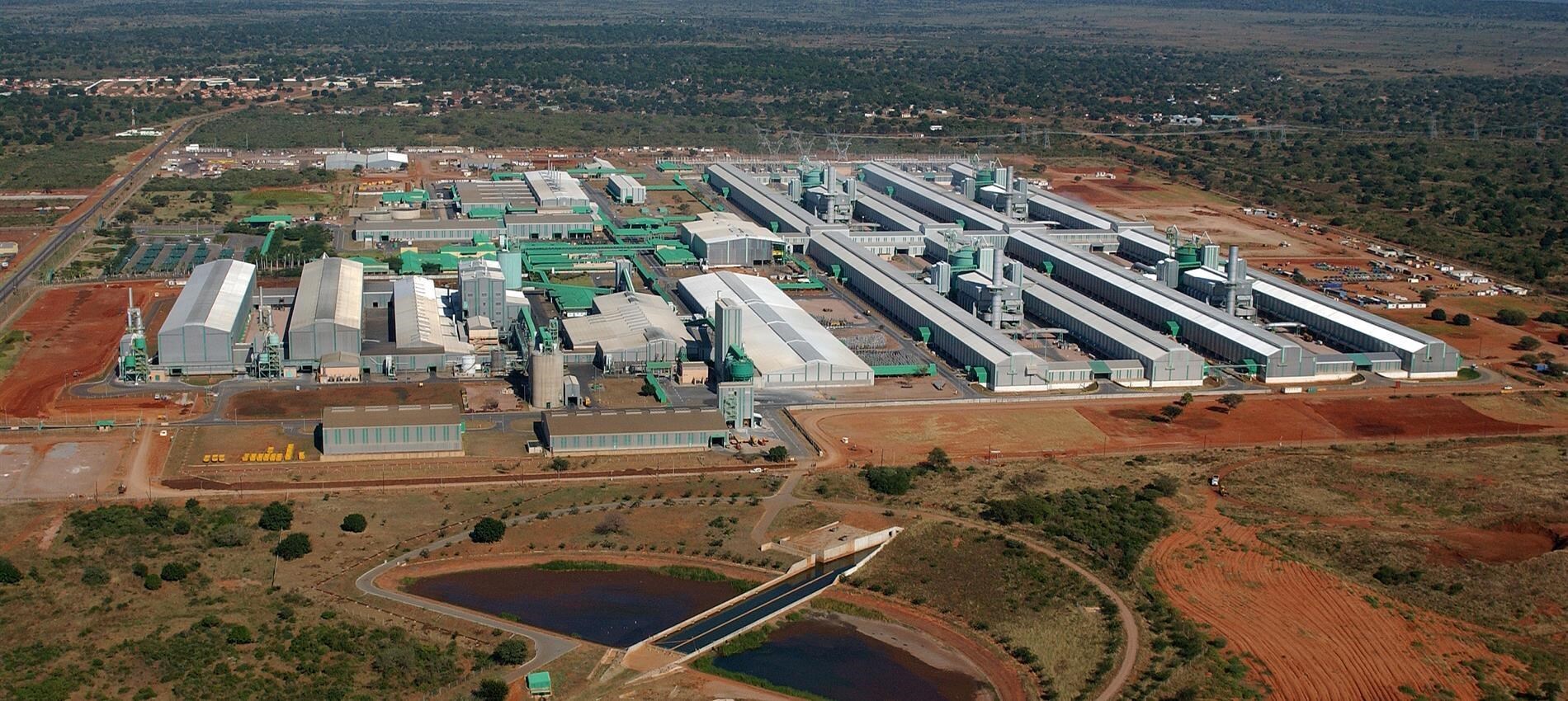

South Africa’s Hillside Aluminium smelter continues to hold a key role in developing and running the country’s manufacturing base. Operating since 1996, the smelter at Richards Bay has become one of the largest aluminium producers in the southern hemisphere. It is processing imported alumina into premium-grade metal, which so far has a huge demand across global markets.

Explore- Most accurate data to drive business decisions with 50+ reports across the value chain
The smelter, at present, operates 864 electrolysis cells that leverage the proven Pechiney AP30 version of the Hall-Héroult process. The equipment allows the facility to deliver stable output and effective usage of power, which is indeed a profitable advantage in a country where energy resources are pretty unpredictable.
Output holds firm during market disruption
For the third quarter of the FY 2025 that ended on September, Hillside produced 181,000 tonnes of aluminium, which is a slight rise from the previous quarters of 2025. The plant continues to operate with a steady output despite dealing with high input costs and power interruptions.
Management has reaffirmed its production goal of 720,000 tonnes for the 2026 financial year. This is reinforcing confidence in the plant’s performance and reliability.
Don't miss out- Buyers are looking for your products on our B2B platform
Efficiency measures strengthen Hillside’s production stability
Teams on site are refining electrolytic processes and improving potline efficiency to squeeze greater value from existing equipment. Aluminium smelters work best when running close to full capacity, typically between 95 and 100 per cent, as shutting down pots can lead to lengthy and costly restarts. Hillside’s ability to keep production steady clearly identifies the smelter’s technical discipline and management of the country’s challenging operating climate.
Contingency measures for an uninterrupted power supply
Usually, each tonne of aluminium production needs roughly 13 to 15 megawatt-hours of electricity. At its optimum capacity, Hillside smelter consumes 9.3 and 10.8 million MWh annually, equal to about 4 per cent of national generation.
To do away with load shedding and grid strain, Hillside Smelter is deploying advanced demand management systems and flexible operating protocols. These measures not only help maintain production stability but also manage power outage situations.
Despite ongoing pressure in terms of cost and energy prices, Hillside Aluminium continues to supply a steady output. The global cost fluctuations challenge the operations, almost thwarting their daily production performance. However, the smelter’s ability to maintain production strengthens its reliability and reinforces its long-standing importance to South Africa’s aluminium industry.
Must read: Key industry individuals share their thoughts on the hottest topics
Responses








